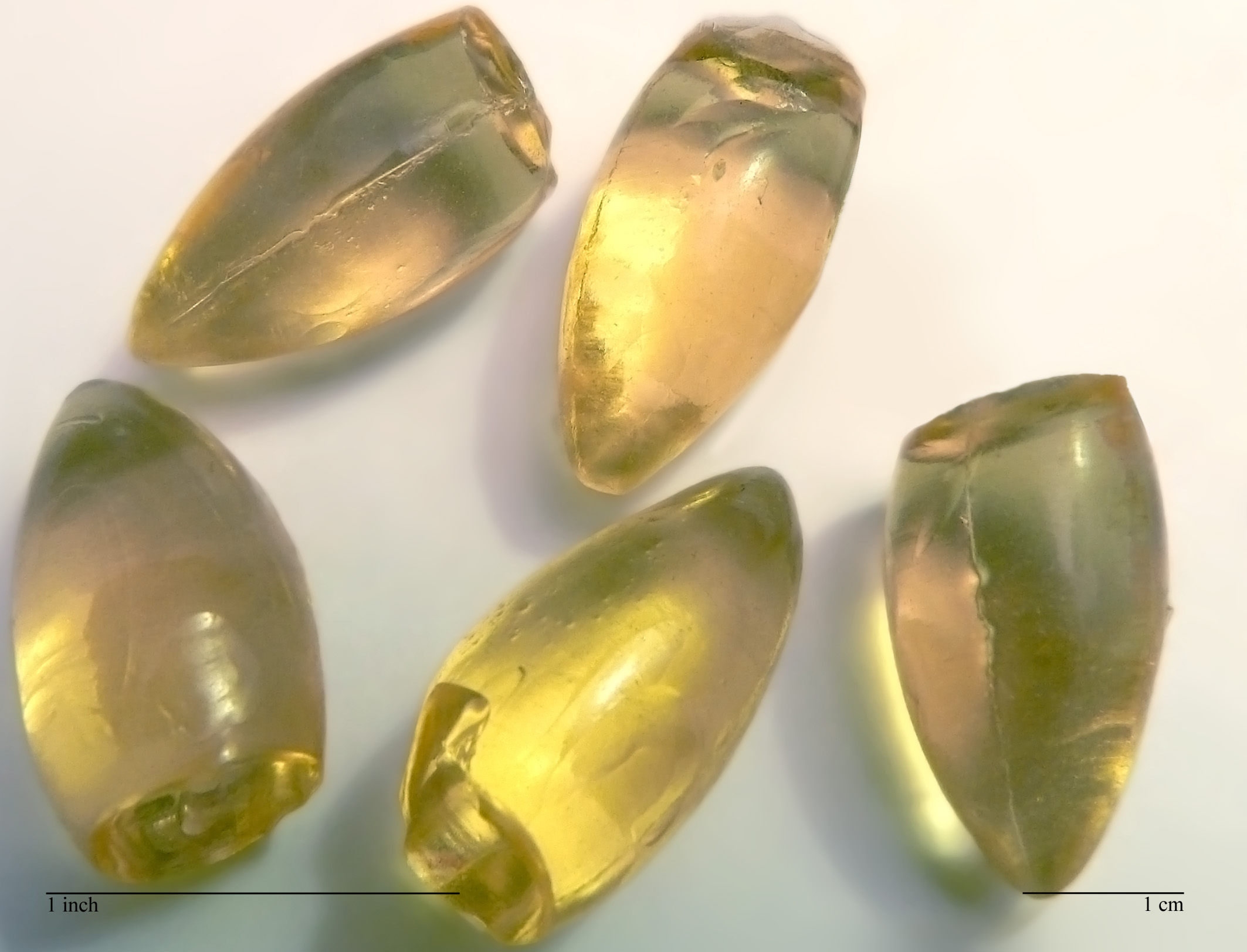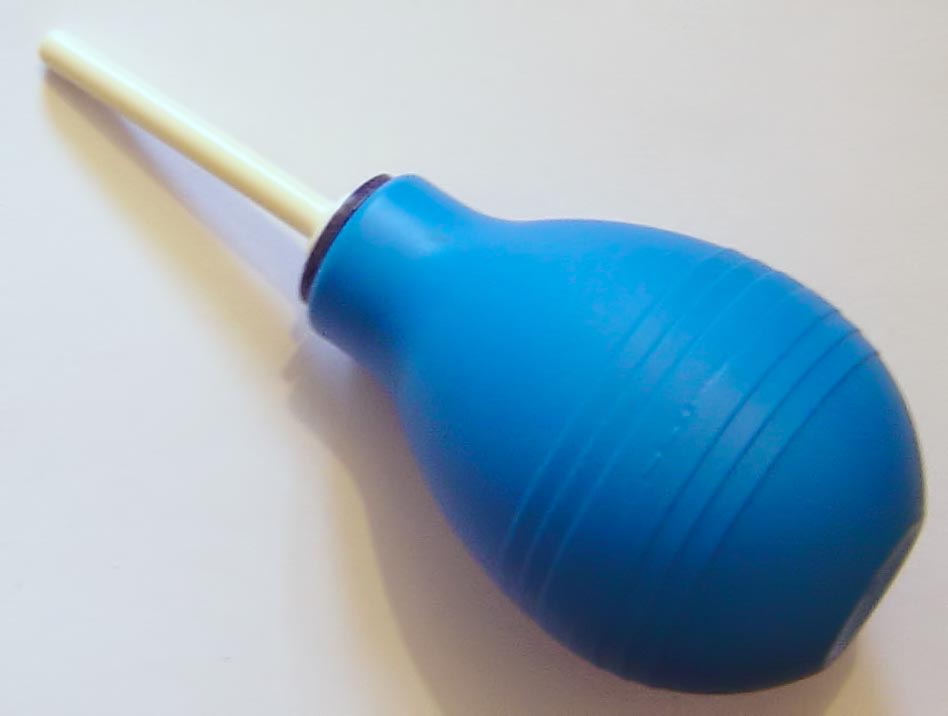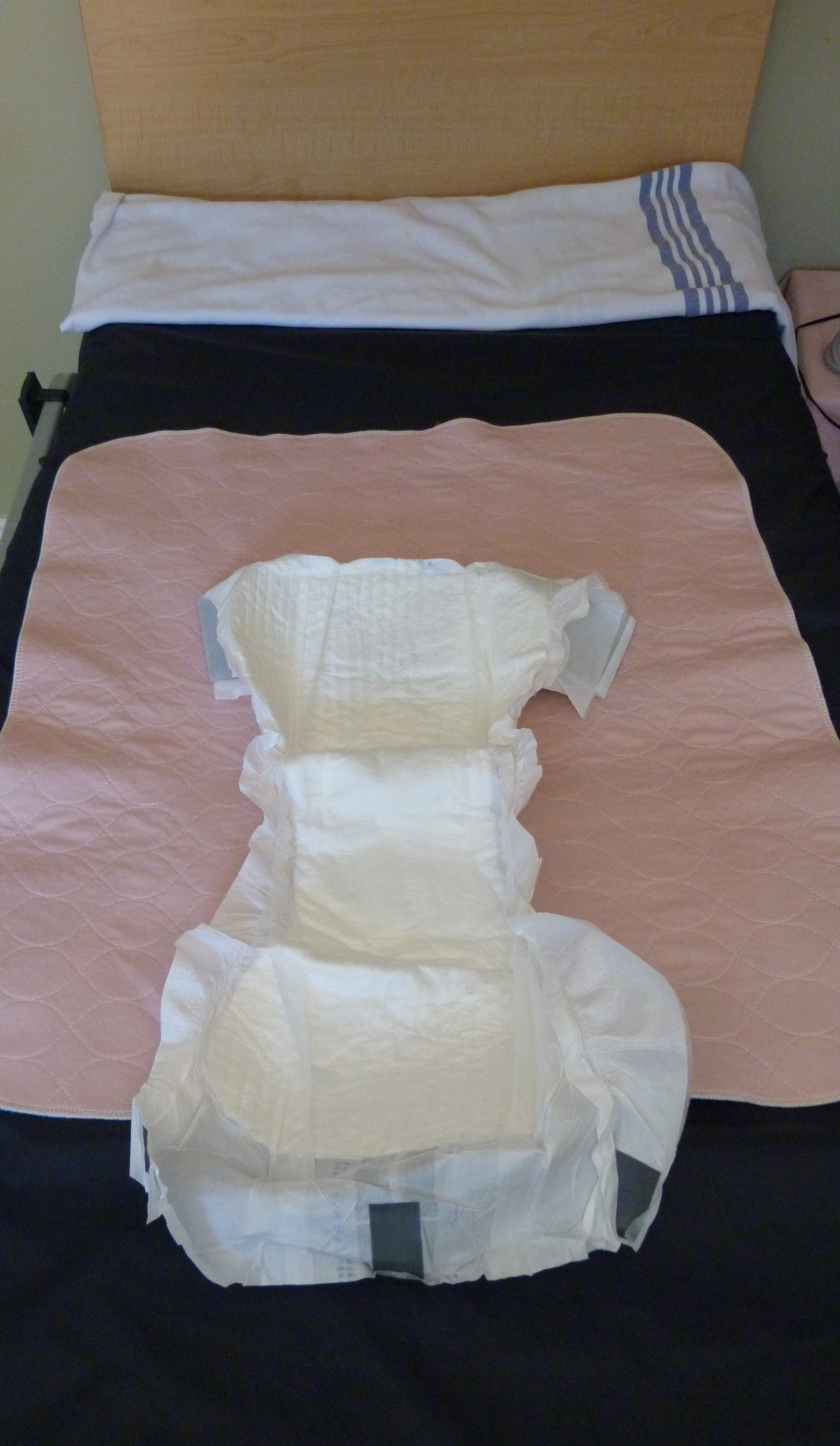|
Obstructed Defecation
Obstructed defecation syndrome (abbreviated as ODS, with many synonymous terms) is a major cause of functional constipation (primary constipation), of which it is considered a subtype. It is characterized by difficult and/or incomplete emptying of the rectum with or without an actual reduction in the number of bowel movements per week. Normal definitions of functional constipation include infrequent bowel movements and hard stools. In contrast, ODS may occur with frequent bowel movements and even with soft stools, and the colonic transit time may be normal (unlike slow transit constipation), but delayed in the rectum and sigmoid colon. Definitions and terminology Definition and classification of constipation Constipation is usually divided into two groups: primary and secondary. Primary constipation is caused by disrupted regulation of neuromuscular function of in the colon and the rectum, and also disruption of brain–gut neuroenteric function. Secondary constipation is c ... [...More Info...] [...Related Items...] OR: [Wikipedia] [Google] [Baidu] |
Bladder Outlet Obstruction
Bladder outlet obstruction (or obstructive uropathy) occurs when urine is unable to flow from the kidneys through the ureters and out of the bladder through the urethra. Decreased flow of urine leads to swelling of the urinary tract, called hydronephrosis. This process of decreased flow of urine through the urinary tract can begin as early as during intrauterine life and it prevents normal development of fetal kidneys and fetal urine. Low levels of fetal urine leads to low amniotic fluid levels and incomplete lung maturation. Older children and adults can also experience bladder outlet obstruction; however, this process is usually reversible and isn't associated with as many poor outcomes as in infants with congenital bladder outlet obstruction. Causes Bladder outlet obstruction is classified based on where along the urinary tract the obstruction occurs, including upper urinary tract obstruction and lower urinary tract obstruction. Depending on the location of the obstruction, o ... [...More Info...] [...Related Items...] OR: [Wikipedia] [Google] [Baidu] |
Functional Constipation
Functional constipation, also known as chronic idiopathic constipation (CIC), is defined by less than three bowel movements per week, hard stools, severe straining, the sensation of anorectal blockage, the feeling of incomplete evacuation, and the need for manual maneuvers during feces, without organic abnormalities. Many illnesses, including endocrine, metabolic, neurological, mental, and gastrointestinal obstructions, can cause constipation as a secondary symptom. When there is no such cause, functional constipation is diagnosed. Functional constipation requires symptoms to be present at least a fourth of the time. Causes include anismus, descending perineum syndrome, inability to control the external anal sphincter, poor diet, unwillingness to defecate, nervous reactions, and deep psychosomatic disorders. Comorbid symptoms such as headache may also be present, especially in children. Functional constipation is diagnosed using the Rome criteria, a consensus of experts. The cri ... [...More Info...] [...Related Items...] OR: [Wikipedia] [Google] [Baidu] |
Pelvic Pain
Pelvic pain is pain in the area of the pelvis. Acute (medicine), Acute pain is more common than chronic pain. If the pain lasts for more than six months, it is deemed to be chronic pelvic pain. It can affect both the male and female pelvis. Common causes in include: endometriosis in women, bowel adhesions, irritable bowel syndrome, and interstitial cystitis. The cause may also be a number of poorly understood conditions that may represent abnormal psychoneuromuscular function. The role of the nervous system in the genesis and moderation of pain is explored. The importance of psychological factors is discussed, both as a primary cause of pain and as a factor which affects the pain experience. As with other chronic syndromes, the biopsychosocial model offers a way of integrating physical causes of pain with psychological and social factors. Terminology Pelvic pain is a general term that may have many causes, listed below. The sub-categorical term urologic chronic pelvic pain syndr ... [...More Info...] [...Related Items...] OR: [Wikipedia] [Google] [Baidu] |
Rectal Tenesmus
Rectal tenesmus is a feeling of incomplete defecation. It is the sensation of inability or difficulty to empty the bowel at defecation, even if the bowel contents have already been evacuated. Tenesmus indicates the feeling of a residue, and is not always correlated with the actual presence of residual fecal matter in the rectum. It is frequently painful and may be accompanied by involuntary straining and other gastrointestinal symptoms. Tenesmus has both a nociceptive and a neuropathic component. Often, rectal tenesmus is simply called tenesmus. The term rectal tenesmus is a retronym to distinguish defecation-related tenesmus from vesical tenesmus. Vesical tenesmus is a similar condition, experienced as a feeling of incomplete voiding despite the bladder being empty. Tenesmus is a closely related topic to obstructed defecation. The term is , , . Considerations Tenesmus is characterized by a sensation of needing to pass stool, accompanied by pain, cramping, and straining. Des ... [...More Info...] [...Related Items...] OR: [Wikipedia] [Google] [Baidu] |
Diarrhea
Diarrhea (American English), also spelled diarrhoea or diarrhœa (British English), is the condition of having at least three loose, liquid, or watery bowel movements in a day. It often lasts for a few days and can result in dehydration due to fluid loss. Signs of dehydration often begin with loss of the normal stretchiness of the skin and irritable behaviour. This can progress to decreased urination, loss of skin color, a fast heart rate, and a decrease in responsiveness as it becomes more severe. Loose but non-watery stools in babies who are exclusively breastfed, however, are normal. What is diarrhea? How is it caused, treated and prevented? (see also script)The most common cause is an infection of the intestines due to a virus, bacterium, or parasite—a condition also known as gastroenteritis. These infections are often acquired from food or water that has been contaminated by feces, or directly from another person who is infected. The three types of diarrhea ... [...More Info...] [...Related Items...] OR: [Wikipedia] [Google] [Baidu] |
Laxative
Laxatives, purgatives, or aperients are substances that loosen stools and increase bowel movements. They are used to treat and prevent constipation. Laxatives vary as to how they work and the side effects they may have. Certain stimulant, lubricant, and saline laxatives are used to evacuate the colon for rectal and bowel examinations, and may be supplemented by enemas under certain circumstances. Sufficiently high doses of laxatives may cause diarrhea. Some laxatives combine more than one active ingredient, and may be administered orally or rectally. Types Bulk-forming agents Bulk-forming laxatives, also known as roughage, are substances, such as fiber in food and hydrophilic agents in over-the-counter drugs, that add bulk and water to stools so they can pass more easily through the intestines (lower part of the digestive tract). Properties * Site of action: small and large intestines * Onset of action: 12–72 hours * Examples: dietary fiber, Metamucil, Citrucel, Fi ... [...More Info...] [...Related Items...] OR: [Wikipedia] [Google] [Baidu] |
Enema
An enema, also known as a clyster, is the rectal administration of a fluid by injection into the Large intestine, lower bowel via the anus.Cullingworth, ''A Manual of Nursing, Medical and Surgical'':155 The word ''enema'' can also refer to the liquid injected, as well as to a device for administering such an injection. In standard medicine, the most frequent uses of enemas are to relieve constipation and for bowel cleansing before a medical examination or procedure; also, they are employed as a lower gastrointestinal series (also called a barium enema), to treat Travelers' diarrhea, traveler's diarrhea, as a vehicle for the administration of food, water or medicine, as a stimulant to the general system, as a local application and, more rarely, as a means of reducing body temperature, as treatment for encopresis, and as a form of Management of dehydration, rehydration therapy (proctoclysis) in patients for whom intravenous therapy is not applicable. Medical usage The princip ... [...More Info...] [...Related Items...] OR: [Wikipedia] [Google] [Baidu] |
Defecography
Defecography (also known as proctography, defecating/defecation proctography, evacuating/evacuation proctography or dynamic rectal examination) is a type of medical radiological imaging in which the mechanics of a patient's defecation are visualized in real time using a fluoroscope. The anatomy and function of the anorectum and pelvic floor can be dynamically studied at various stages during defecation. History Defecating proctography was pioneered in 1945, during World War II. The procedure gained popularity at this time in the midst of an outbreak of whipworm, which is known to cause rectal prolapse. It has since become used for diagnosis of various anorectal disorders, including anismus and other causes of obstructed defecation. It has fallen out of favor due to inadequate training in the technique. It is now only performed at a few institutions. Many radiology residents refer to the procedure as the "Def Proc", "Defogram", or "Stool Finale". Indications Defecography may be i ... [...More Info...] [...Related Items...] OR: [Wikipedia] [Google] [Baidu] |
Electromyography
Electromyography (EMG) is a technique for evaluating and recording the electrical activity produced by skeletal muscles. EMG is performed using an instrument called an electromyograph to produce a record called an electromyogram. An electromyograph detects the electric potential generated by muscle cells when these cells are electrically or neurologically activated. The signals can be analyzed to detect abnormalities, activation level, or recruitment order, or to analyze the biomechanics of human or animal movement. Needle EMG is an electrodiagnostic medicine technique commonly used by neurologists. Surface EMG is a non-medical procedure used to assess muscle activation by several professionals, including physiotherapists, kinesiologists and biomedical engineers. In computer science, EMG is also used as middleware in gesture recognition towards allowing the input of physical action to a computer as a form of human-computer interaction. Clinical uses EMG testing has a varie ... [...More Info...] [...Related Items...] OR: [Wikipedia] [Google] [Baidu] |
Anorectal Manometry
Anorectal manometry (ARM) is a medical test used to measure pressures in the anus and rectum and to assess their function. The test is performed by inserting a catheter, that contains a probe embedded with pressure sensors, through the anus and into the rectum. Patients may be asked to perform certain maneuvers, such as coughing or attempting to defecate, to assess for pressure changes. Anorectal manometry is a safe and low risk procedure. From 2014 to 2018, the international anorectal physiology working group (IAPWG) meet several times to develop consensus on indications for anorectal manometry. Their assessment concluded that anorectal manometry was indicated when used in assessment of fecal incontinence, constipation, evacuation disorders (including Hirschsprung's disease), functional anorectal pain and in the assessment of anorectal function preoperatively or after a traumatic obstetric injury. In addition to the indications outlined by the IAPWG, anorectal manometry has be ... [...More Info...] [...Related Items...] OR: [Wikipedia] [Google] [Baidu] |
Balloon Expulsion Test
A balloon is a flexible membrane bag that can be inflated with a gas, such as helium, hydrogen, nitrous oxide, oxygen, or air. For special purposes, balloons can be filled with smoke, liquid water, granular media (e.g. sand, flour or rice), or light sources. Modern day balloons are made from materials such as rubber, latex, polychloroprene, or a nylon fabric, and can come in many different colors. Some early balloons were made of dried animal bladders, such as the pig bladder. Some balloons are used for decorative purposes or entertaining purposes, while others are used for practical purposes such as meteorology, medical treatment, military defense, or transportation. A balloon's properties, including its low density and low cost, have led to a wide range of applications. The rubber balloon was invented by Michael Faraday in 1824, during experiments with various gases. He invented them for use in the lab. Applications Play Decoration Balloons are used for decorating bi ... [...More Info...] [...Related Items...] OR: [Wikipedia] [Google] [Baidu] |
Fecal Incontinence
Fecal incontinence (FI), or in some forms, encopresis, is a lack of control over defecation, leading to involuntary loss of bowel contents—including flatus (gas), liquid stool elements and mucus, or solid feces. FI is a sign or a symptom, not a diagnosis. Incontinence can result from different causes and might occur with either constipation or diarrhea. Continence is maintained by several interrelated factors, including the anal sampling mechanism, and incontinence usually results from a deficiency of multiple mechanisms. The most common causes are thought to be immediate or delayed damage from childbirth, complications from prior anorectal surgery (especially involving the anal sphincters or hemorrhoidal vascular cushions), altered bowel habits (e.g., caused by irritable bowel syndrome, Crohn's disease, ulcerative colitis, food intolerance, or constipation with overflow incontinence). Reported prevalence figures vary: an estimated 2.2% of community-dwelling adult ... [...More Info...] [...Related Items...] OR: [Wikipedia] [Google] [Baidu] |




